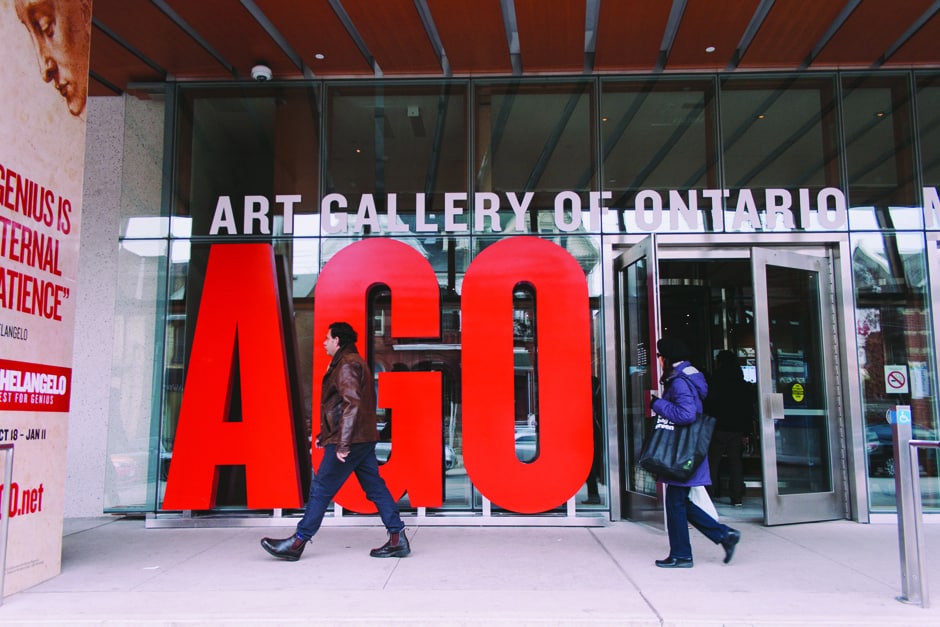This November, the Art Gallery of Ontario (AGO) will feature art projects developed by the Anishinaabe artists of the Great Lakes. The exhibition, Beyond and After the Horizon, features a wide range of both modern and historical pieces that demonstrate the Anishinaabe culture.
David Bradley’s bright acrylic painting Pow-Wow Princess in the process of Acculturation is certainly the most noteworthy work on display at the exhibition. The piece shows a union between traditional native and modern consumerist culture. Inspired by Renaissance art, the painting shows a princess depicted as an aboriginal Mona Lisa.
Although the princess in the painting is wearing a traditional tribal crown, she also sports modern objects, such as a watch and a cigarette. These aspects of the painting suggest that native communities continue to adapt to a modern, consumer-driven world while maintaining cultural individuality. What is most striking about the painting is its open-ended message; Bradley has demonstrated the merging of two cultures, but said nothing about whether it is good or bad — a question he leaves for the viewer to consider.
Beyond and After the Horizon presents the Anishinaabe culture in several different mediums. Colourful embroidaries are also featured, many made hundreds of years ago in the Great Lakes region.
The brown woolen sleeves and bags made more than 300 years ago give a glimpse into the Ojibwe people’s domestic lifestyle at the time. While the Ojibwe tended to focus on floral ornaments, Potawatomi artists explored geometric patterns in their works. By displaying works from both cultures, the exhibit demonstrates the diversity between the two groups’ artistic preferences. This makes Beyond and After the Horizon a thrilling and culturally rich exhibition.
Beyond and After the Horizon is a colourful collision of various artistic pieces that introduces the viewer to the everyday inspirations of people who have lived, and continue to live, in the Great Lakes region.


